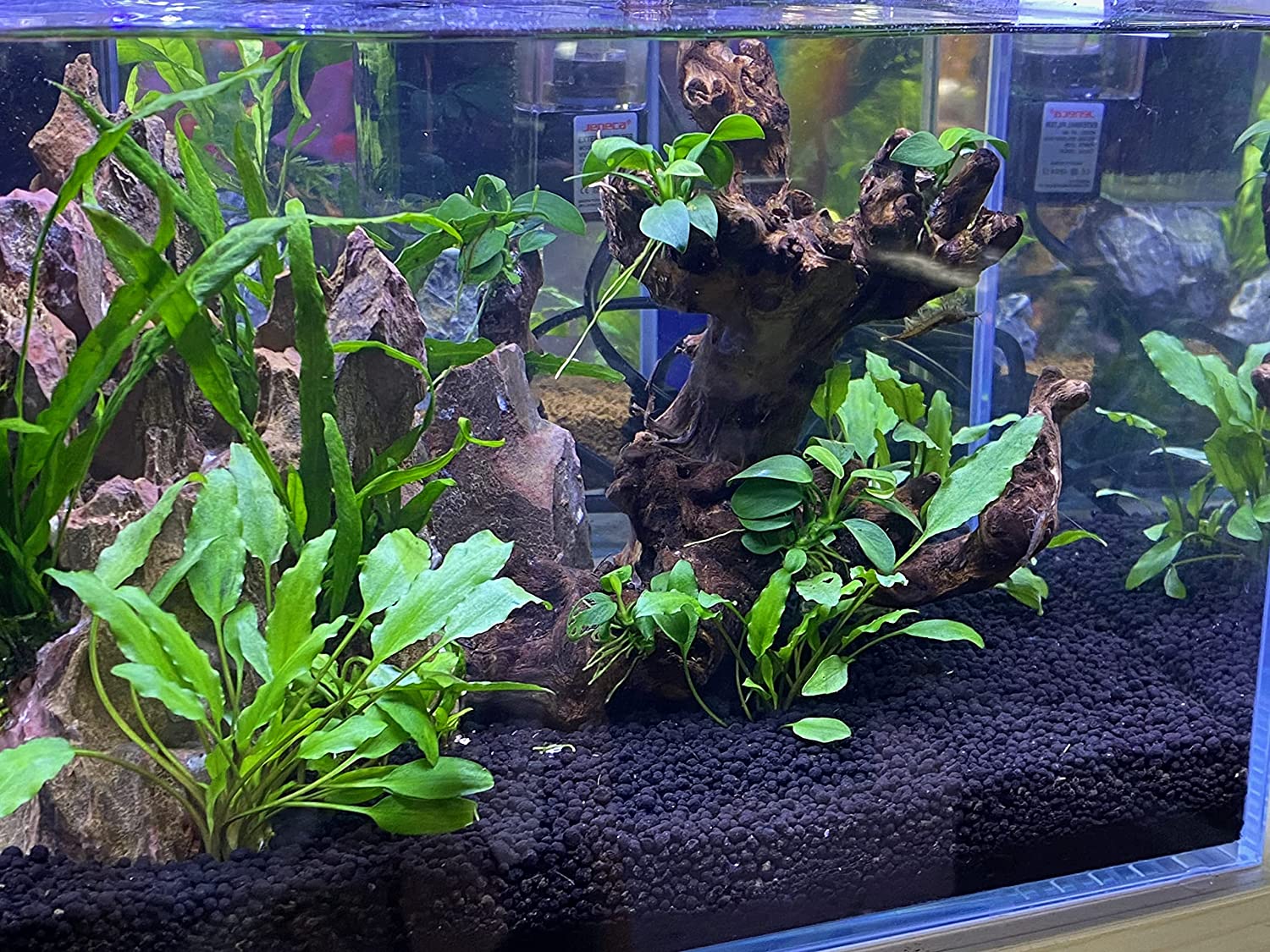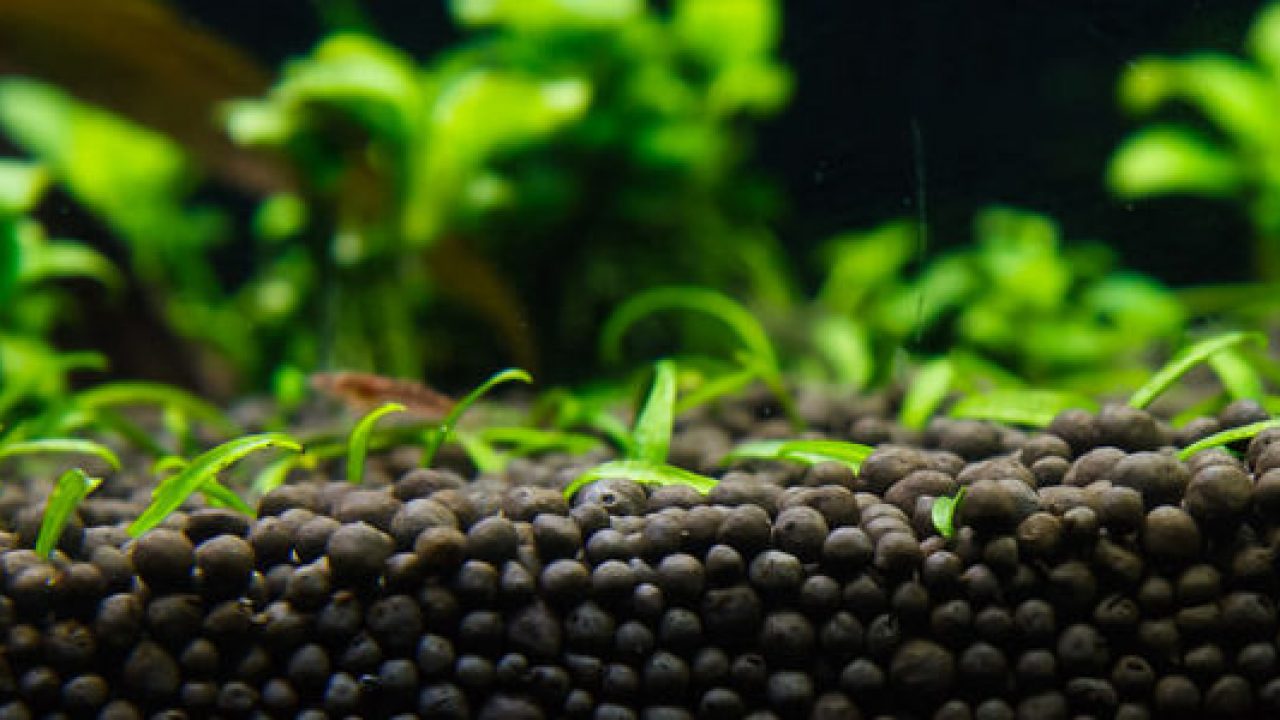Often these plants require a moderate or slightly alkaline foundation, in contrast to a few organisms.
Polymers may also be decorative design elements, thus aquascapers must select sand that complements the employed rocks. There exists a wide selection of patterns and shades for dirt and rock. Brown sediment as well as pastel in hue is generally simpler to combine with stonework and woodlands, giving a cultivated aquarium plant soil substrate a somewhat more realistic appearance. The substrate might be straightforward or exotic. Conventional aquarium pebbles and sand, together with a variety of these other DIY supplies, are typical innocuous precursors: pool filtering sands, Turface, Secure T-Sorb, as well as black gemstone blasting coarse aggregates.
Environment
Using inert foundations, transplanting, and escaping is significantly simpler. They don’t change the composition of the water due to their being chemically inert, therefore the freshwater aquarium may simply separate the factors of their aquatic environment. Avoid marine particle chips except if you particularly would like to elevate the KH readings in the tank because the majority of ingredients are harmless. Use the hydrochloric test to determine whether a platform is carbonate-based when you’re unclear about its composition. Select sands which thus support the aquascaping objectives. Thinking ahead is important when creating stratified aquariums; for example, neutral colors and intermingled lifelike particles of sand can look stronger in this state park tank. Black sand could act as a striking contrast with colorful flora in some kind of a dutch school landscape.

Atmosphere
Additionally, it provides a haven for germs and bacterium bio-film, which crustaceans and other rubbish feeders like them use as nourishment. This same substrate acts as just a capture site again for microscopic particulate particles that are bound together with microorganisms’ bio-film.
This improves the tank’s atmosphere so that smooth plants as well as aquatic animals may thrive there. Aragonite has been frequently used throughout habitats to boost the spring fracture toughness for freshwater fish, however other platforms comprised of carbides may also increase water stiffness.
Foundations
In comparison to, for instance, flat inert mineral filler, cooked clay particles have superior breathability and better CEC values.
Rock particles and hard burnt clay seem to be the sources of inert foundations. Inert substrates endure a lifetime and if they degrade whatsoever, do so very gently. Those are the most simple to maintain materials for planted ponds. Most all lack plant nutrients and need additional types of fertilizing. Though inert foundations are much better as decorative enhancements to the tank ecosystem and complement the pebbles used during aquascaping nicely, soil-based foundations for aquaculture are far better for crop production. Almost all are harmless and don’t change the characteristics of water. The fact these inert materials are simple to handle is their finest quality.

